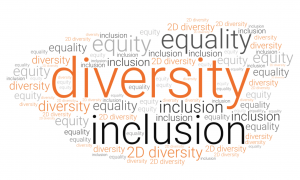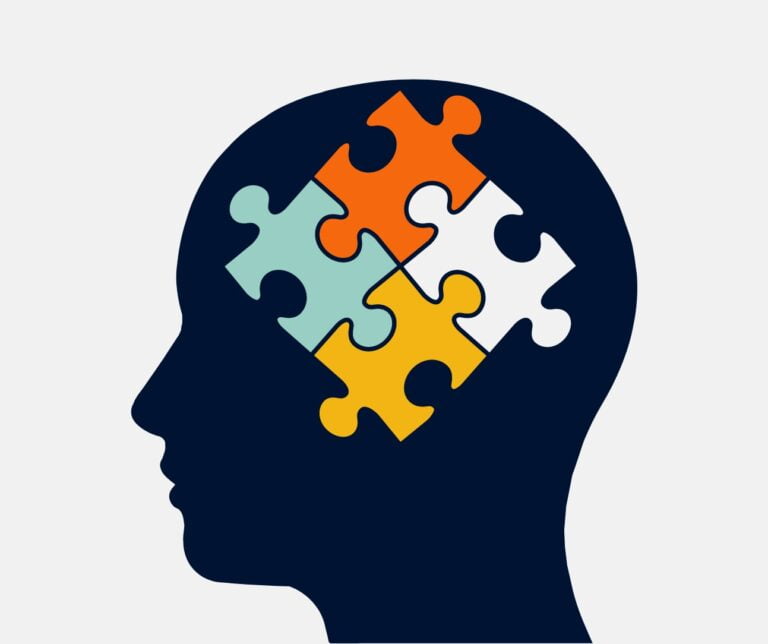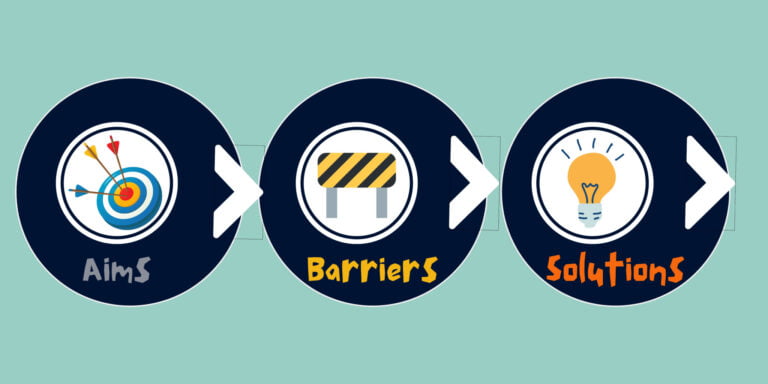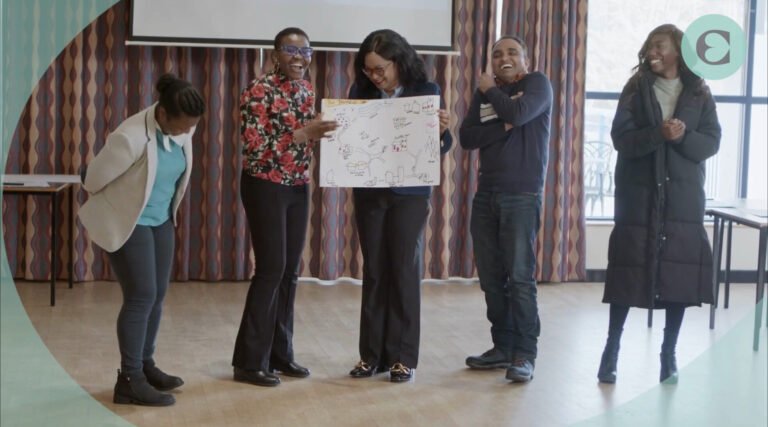A whistle-stop tour of terms

A decade or so ago, ‘Equality and Diversity’ were the buzzwords of the day. They were popular for good reason as the Equality Act 2010 had just come into being, making it illegal under one act for people with protected characteristics to be discriminated against.
Nowadays you’re more likely to hear the terms, ‘Diversity and Inclusion’ or ‘D&I’ initiatives at your place of work. Or perhaps an amalgamation of all three: ‘Equality, Diversity & Inclusion’, which is somewhat ‘creatively'(!) referred to as ‘EDI’.
There’s a reason for this of course. In the last ten years, there’s been a lot more study into this area and we’ve learnt that inclusion is an integral piece of the puzzle. It was a false equation of sorts before – one that didn’t add up because we were missing that all important value; the value of inclusion.
Both diversity and inclusion are integral parts of how we make our workplaces attractive places to work, where employees are engaged and productive and our teams representative of society. The science and business case for them is incredibly strong (see our next blog), but before we can look at this in detail, we first have to understand the terms.
So if you don’t know ‘equality’ from ‘equity’, have never heard of 2D diversity, or you’re simply having a tantrum because there’s ‘too many terms'(!), never fear because I am here! I love this subject, so let me help break it down for you . . .
Diversity
A diverse workforce has people (both in its general workforce and senior leadership teams) from a wide range of backgrounds, experiences and education. It includes differences in terms of gender, age, race, ethnicity, ability, religion, sexual orientation etc amongst staff.
Two-dimensional (2D) diversity
There are two types of diversity:
1. Inherent – eg gender, race, age, nationality, religious background, socioeconomic background, disability, sexual orientation etc.
2. Acquired (gained through experience) – eg language skills, cultural fluency, cross-functional knowledge, global mindset etc.
In 2013 the Center for Talent Innovation (now Coqual) defined 2D diversity as leaders who exhibit at least three inherent and three acquired diversity traits.
Inclusion
An inclusive workplace is one where employees feel valued, welcome, accepted, respected, comfortable and confident to be themselves. An inclusive organisation values the voices of all their employees and supports them to thrive. It recognises staff differences and values these, from skill-set to personality, background, identity and beyond.
I particularly like McKinsey and Company‘s definition of inclusivity: ‘The degree to which an individual feels that their authentic selves are welcomed at work, enabling them to contribute in a meaningful and deliberate manner.’ Or as Culture Amp beautifully proffers: ‘Inclusion relates to the quality of the human experience.’
The D&I partnership
It’s important to note that although the words ‘diversity’ and ‘inclusion’ are often used together, they are separate entities and inclusion isn’t a natural by-product of diversity. You can have a diverse workforce, which isn’t inclusive for example. As McKinsey & Co (2019) describes, ‘hiring diverse talent isn’t enough—it’s the workplace experience that shapes whether people remain and thrive.’
Equality versus equity
Equality is being equal in rights, opportunities etc. Equity is about being fair and impartial.
With the passing of the 2010 Equality Act, companies were legally (and quite rightly) required and committed to treating people equally. They wanted to treat people the same, so as to be sure they didn’t discriminate.
Here’s the thing though . . . just because we want equality doesn’t mean we have it. Bias is a sneaky bit of evolution which can get in the way of our goal for equality. It results in inequities, which disproportionally affect minority groups. Treating people the same (positive motivations aside), when different people need different things simply isn’t helpful.
When minority groups face additional barriers to majority or more privileged groups, these need to be acknowledged and we need to treat people equitably, rather than just equally. As Culture Amp explains, ‘treating everyone equally maintains inequity; start with equity-inspired design.’ This helps, ‘to elevate the people on the margins to an equal playing field,’ resulting in a diverse and included workforce, which is good for employees and businesses alike.
“If equality is where we want to be, then diversity, inclusion and equity-inspired designs are how we travel the path.” – Daniel McClelland, Artistic Director, Enact Solutions.
For more information about diversity and inclusion training, check out the product page on Enact Solutions’ website.
Jemma Houghton
Jemma Houghton is one of our Associates at Enact Solutions. She’s passionate about research, writing and raising awareness.



